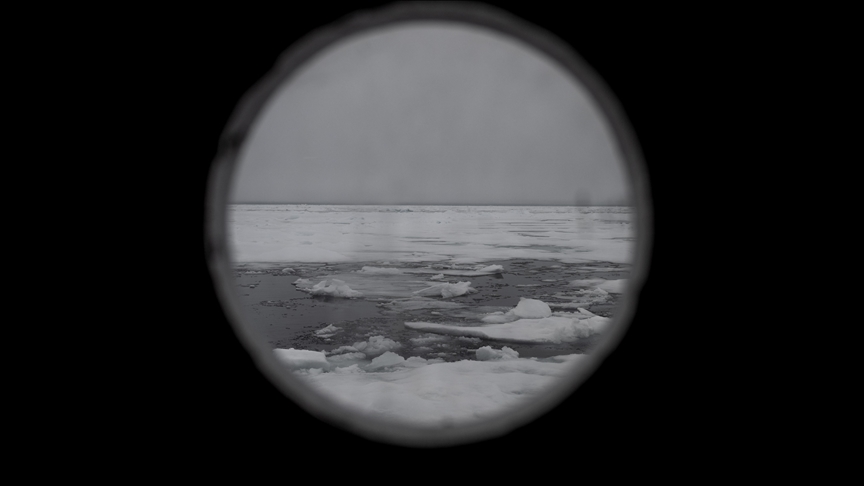ANKARA
In an effort to secure claims to rich seabed resources through next-generation technologies, the US has expanded its continental shelf to an area twice the size of California.
This move, announced by the State Department last week, sets new geographic coordinates to define the extended continental shelf boundaries, covering approximately one million square kilometers (10.8 million square feet) spread across seven regions.
The US claims its right, under international law, to protect and manage resources and vital habitats above and beneath its extended continental shelf.
The delineation of geographical coordinates for areas located 200 nautical miles from the coast reflects adherence to the relevant provisions of the 1982 UN Convention on the Law of the Sea (UNCLOS) and international customary law, as outlined in the Scientific and Technical Guidelines of the Commission on the Limits of the Continental Shelf.
This expansion has the potential to transform the Arctic, including the Arctic Circle region and the Bering Sea between Russian East Siberia and the US state of Alaska, into a new arena for tension and conflict, akin to China’s claims in the South China Sea.
Mead Treadwell, former lieutenant governor of Alaska and ex-chair of the US Arctic Research Commission, stressed that decades of scientific research, numerous icebreaker missions, and detailed seafloor mapping helped substantiate the US claims.
Treadwell underscored the vastness of the newly controlled area, comparing it to “two Californias,” adding: “America is now larger than it was yesterday.”
– US claims stir discomfort in Russia, potential for territorial dispute looms
The US assertion of an extended continental shelf has unsettled Russia, raising the possibility of a territorial dispute between the two states. While Moscow has not issued an official statement on the matter, there is concern that this move may escalate into a land dispute between the nations.
Grigory Karasin, from the Foreign Affairs Committee of Russia’s Federation Council, the upper chamber of the Russian parliament, told Sputnik that the US’ unilateral expansion of the continental shelf was “unacceptable.”
Asked whether the US claims pose a threat to Russia, he responded: “We have taken and will continue to take all necessary measures for our national interests in this geographical area.”
Karasin said Moscow’s Arctic claims are evaluated based on evidence gathered by a subcommittee of the UN, while the US has not even ratified the UN Convention on the Law of the Sea.
President Vladimir Putin has highlighted the strategic importance of the Arctic for Russia.
He stressed the vast economic opportunities in the region, linking the strengthening of the country’s energy potential, the expansion of logistical capabilities, and the assurance of national security and defense to Arctic development.
Russia is rapidly increasing the importance of the Northern Sea Route while developing alternative routes in international trade due to sanctions.
The Northern Sea Route, called Russia’s alternative to the Suez Canal, stands out as the most prioritized route among the alternatives by the Russian government.
Cargo transported via the Northern Sea Route rose from 4 million tons in 2014 to 34 million tons this year. The Russian government aims to surpass 100 million tons of cargo transported via the Northern Sea Route by 2030.
A container ship traveling from Tokyo to Hamburg needs approximately 48 days through the Suez Canal. In contrast, the same ship’s travel time via the Northern Sea Route would be about 35 days.
– China in the Arctic
China, looking to position itself early in the transportation and competitive environment that will arise from the melting of ice in the near future, plans to build the necessary infrastructure in the region and is increasing its activities accordingly.
Seeking a larger role in the Arctic, China describes itself as a “state near the North Pole” and views the North Pole as a common environment for all nations.

